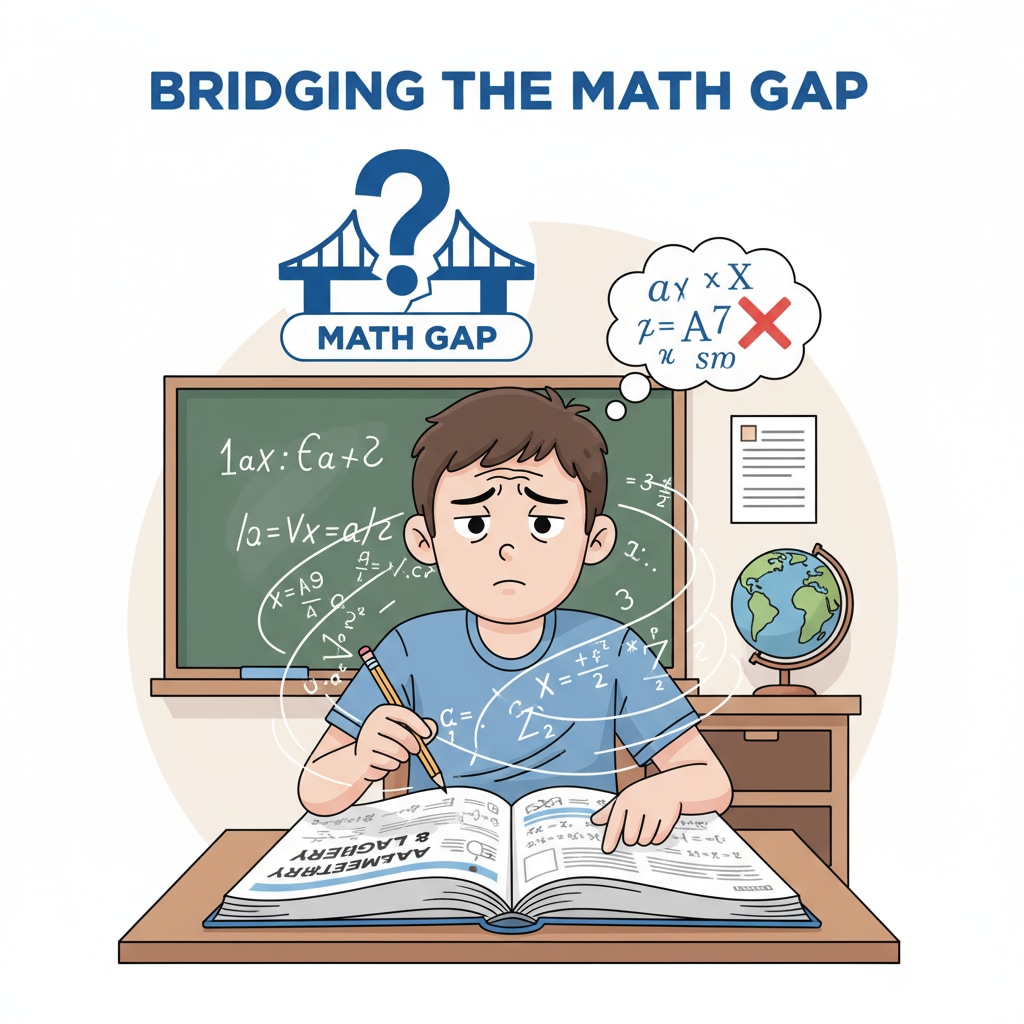High school math can be a challenging subject, especially when students face the pressure of standardized tests and find their scores falling below the state average. In this article, we will explore a range of learning resources that can help students enhance their high school math skills, smoothly transition from junior high math levels, and regain confidence in their mathematical abilities.

Understanding the Math Gap
Many high school students encounter difficulties in math, often due to the significant leap from junior high math concepts. Standardized tests serve as a barometer of students’ mathematical proficiency, but when scores lag behind the state average, it indicates a need for targeted improvement. For example, concepts like algebra and geometry become more complex in high school. Understanding the root causes of this gap is the first step towards finding effective solutions.

Online Learning Platforms
Online learning platforms have revolutionized education. Websites like Khan Academy offer a wealth of free high school math courses. These courses cover everything from basic arithmetic to advanced calculus, with video tutorials, practice problems, and personalized learning dashboards. Another great resource is Coursera, which partners with top universities to provide high-quality math courses. These platforms allow students to learn at their own pace and review difficult concepts as many times as needed. Khan Academy High School Math Coursera High School Math Courses
Textbooks and Workbooks
Traditional textbooks and workbooks remain valuable learning resources. Reputable publishers like Pearson and McGraw-Hill produce comprehensive high school math textbooks that are aligned with curriculum standards. These textbooks provide in-depth explanations of concepts, numerous examples, and practice exercises. Workbooks, on the other hand, offer additional practice problems to reinforce learning. They are especially useful for students who need more hands-on practice to master math skills.
By utilizing these various learning resources, high school students can take significant steps towards improving their math abilities, performing better in standardized tests, and ultimately achieving academic success. Readability guidance: As seen in this article, we use short paragraphs to convey information clearly. Each section focuses on a key aspect of high school math learning resources, and we incorporate transition words like “for example” and “on the other hand” to make the flow smooth. Lists could be further added in future sections for better organization.


